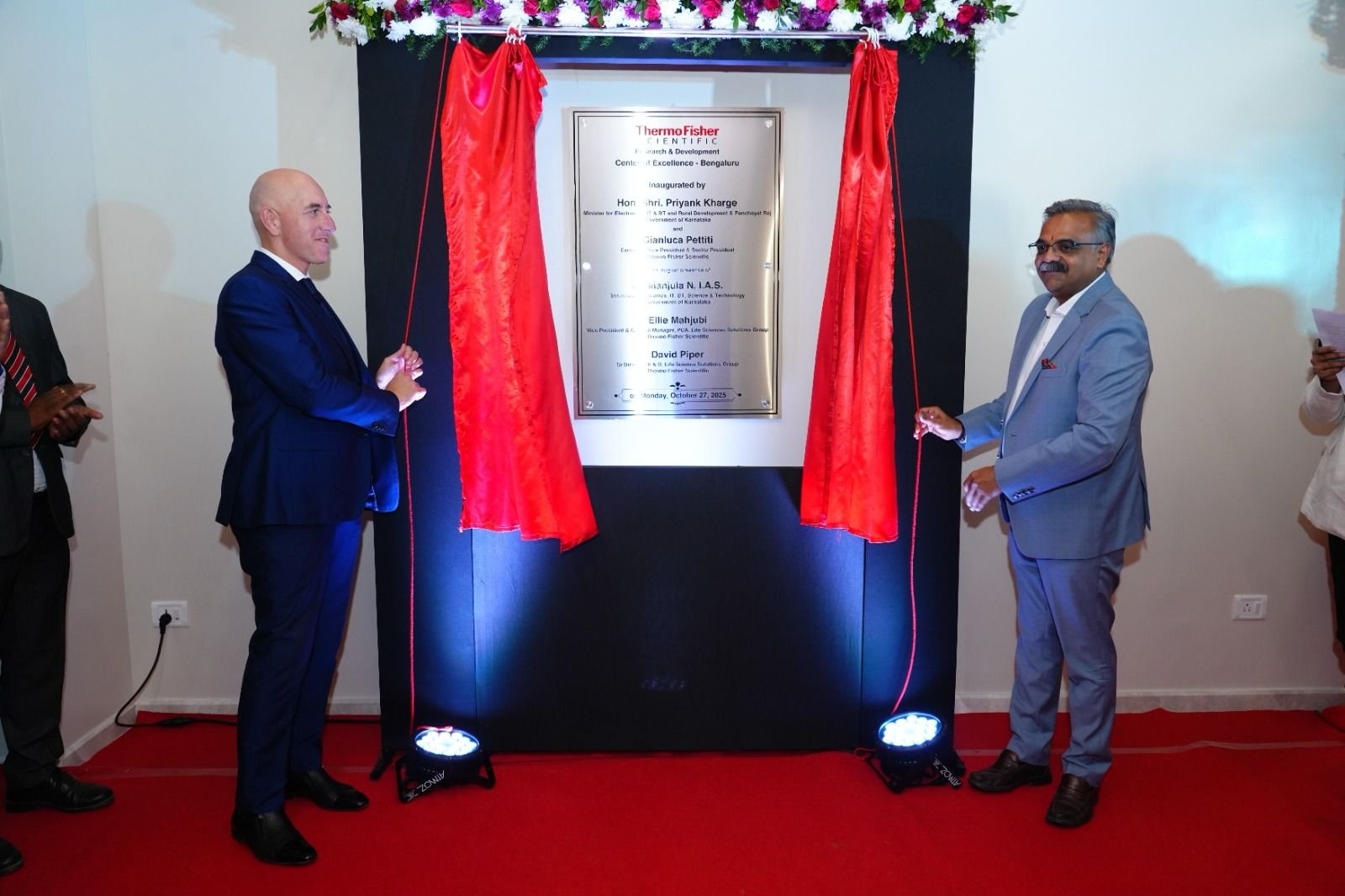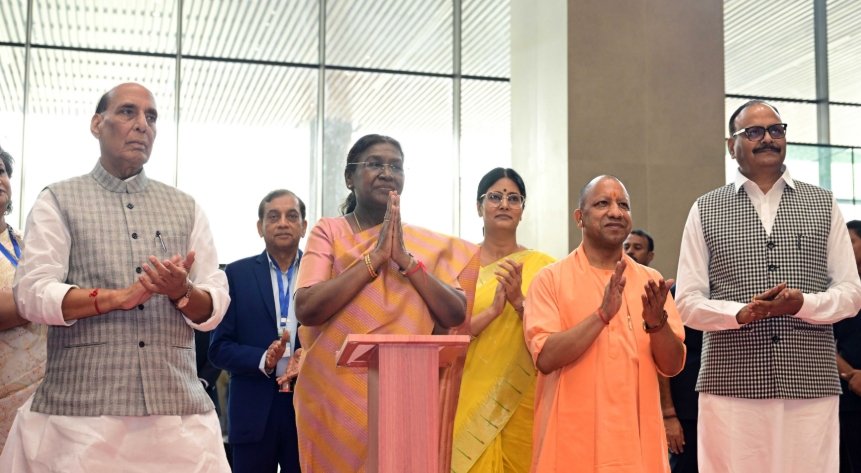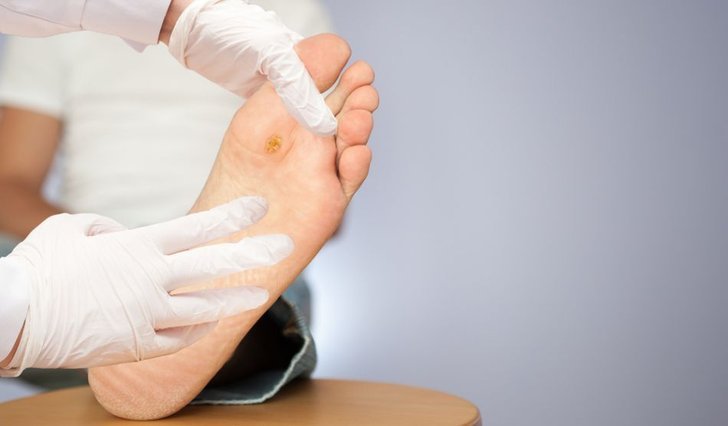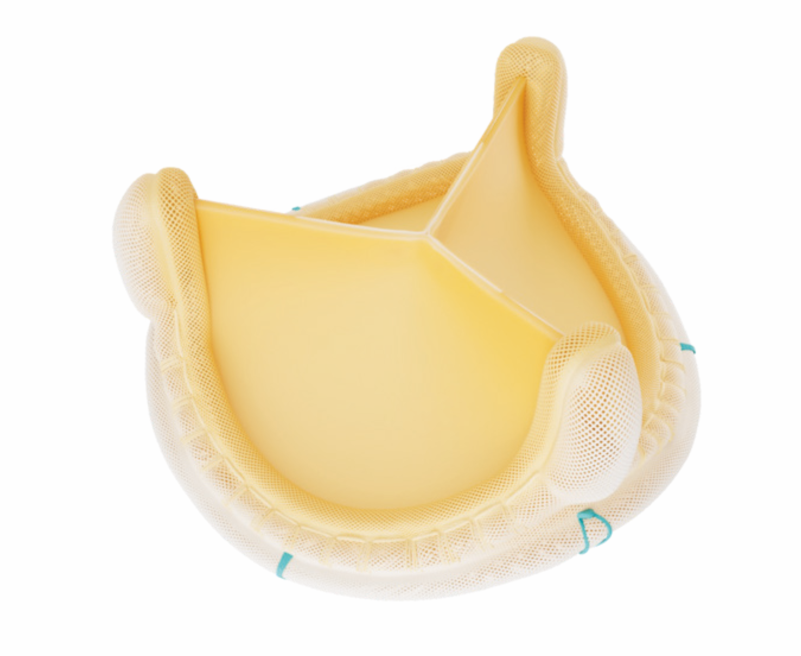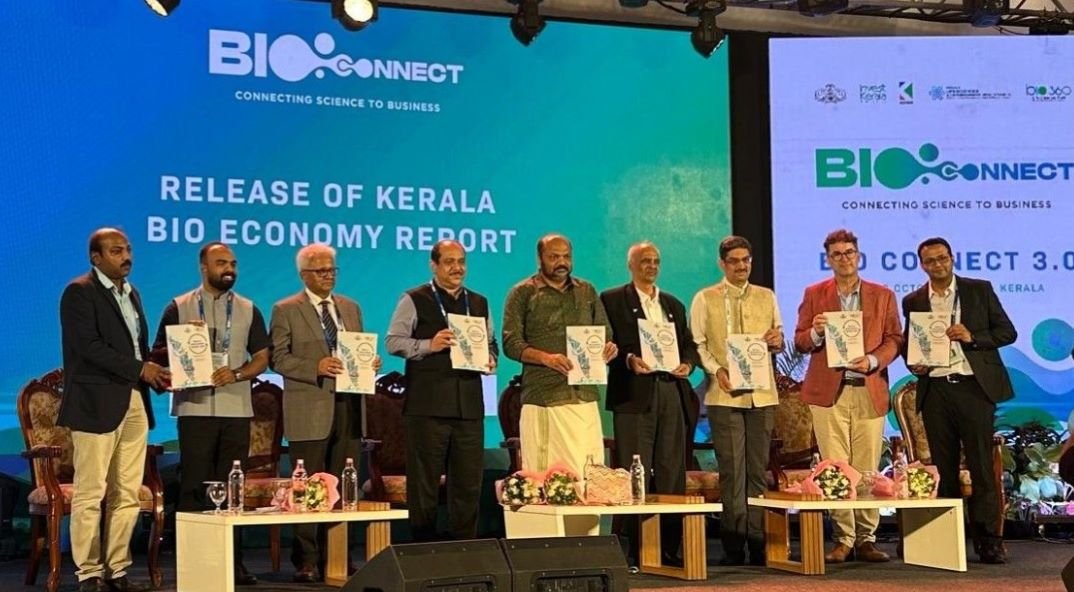"Capitalizing on growth opportunities in India"
November 04, 2010 | Thursday | News
– Amit Agarwal, vice president
& general manager, Cole-Parmer

In an open dialogue with BioSpectrum, Amit Agarwal, vice
president & general manager, Cole-Parmer, describes the company’s
strategy and expansion plans for India.
Q What
is Cole-Parmer’s strategy and expansion plans for India?
Cole-Parmer established its presence in India in 2007. Prior to that,
we did not have a direct presence—our dealer in India was Ultrapure
Scientific. In 2007, we acquired Ultrapure Scientific, and renamed
Cole-Parmer India. Since then, we have seen significant growth — our
sales has more than doubled in three years. But in India, when you have
a focused business, you can grow significantly. Yet compared to the
market opportunities in India, our footprint is still very small.
Hence, our expansion plans for India are significant. We are
aggressively looking at growth in terms of people — sales resources,
application support resource and customer services. Another area for
expansion is our product portfolio.
Presently in India, the type of products we sell comes directly from
the US. With India improving the production of analytical instruments
and process-oriented products, we are considering opportunities in
which we could source the same products locally from here — for both
Indian and outside markets. These expansion plans will give us a
broader customer base.
Q Since the time Cole-Parmer established
a direct presence in India, how favorable has the market been?
For Cole-Parmer, India has more advantages than disadvantages. One of
the advantages is that we have a strong presence in biopharmaceutical
and bioservices markets. Today, around 40 percent of the business comes
from biopharmaceuticals, while the remaining 60 percent from academics
and the process industry. India has a huge biopharmaceutical market
with the production of generic drugs. Around 30 percent of drug patents
in the US will expire soon and give way to generic drugs. The two
countries that lead in generic drug production are India and Israel. In
the coming years, more drug production volume will move to India. In
bioservices, most of the clinical trials take place in India because,
genetically, the Indian population is a lot similar to the population
in the US.
The main challenge is that pharmaceutical companies — our customers —
are still restless about patent- protection and intellectual property
(IP) guidelines in India. They are not yet in line with the Western
markets, and are still wary about having their production facilities in
India. For the time being, they bring in a great deal of R&D, but
it will take some time before they scale up their production in India,
like they have done in the US and Switzerland.
Q How does Cole-Parmer view Mergers &
Acquisitions with local partners in India?
Our parent company has made a number of strategic acquisitions over the
years — large and small. We are always evaluating acquisition
opportunities.
Q What is Cole-Parmer’s market share in
India, and the target for the coming years?
In India, Cole-Parmer’s market penetration is still not so significant.
Presently, we do not have a target market share in mind. But, we are
looking for a strategy that would result in 15-to-20 percent growth
each year. We have found our sweet spot in India — biopharmaceutical
and bioservices segments. Today, we sell certain types of products in
India, but in Europe and the US, we sell a wider portfolio of products.
Our idea is that, over a period of time, we should be able to sell a
similar range of products in India as well.
Q Any plans for new product launches in
India in the coming year?
A catalog specifically for India is planned for release in May 2011,
containing many new products. Globally, we release a general
Cole-Parmer product catalog every two years, and a new issue will be
available in March. It contains approximately 10,000 new items — mainly
catering to the pharmaceutical, academics, food and agriculture sectors.
In addition, once new products are released, they are listed on our
company website. Cole-Parmer has a huge online web presence in the US,
but not as much in India — though it is gaining in popularity. Making
India’s website robust is a key project we are working on.
Q How do you intend to make your website
more robust in India? Has the culture of online browsing and
transactions of scientific products picked up in India?
We are working to increase the content of our website in India. The
level of our investment in the next year is to develop the Cole-Parmer
India website to the same scale as the US version. The culture of
scientists and researchers looking online for products, rather than
reading a brochure, is picking up in India. Some studies reveal that 47
percent of the scientific community in India browse websites for
products. Half the 47 percent generate transactions with the presence
of young employees. In China, only 30 percent browse websites;
and only five-to-10 percent make a transaction.
Q Globally, are there any new
applications or channels that Cole-Parmer is working on?
Cole-Parmer delivers strong technical assistance to our customers. One
of our most popular application tools is our Chemical Compatibility
database. This is a database of chemicals and substances that show
which are compatible with each other and which, when mixed, can cause a
reaction. We have this database on our website. In the US, we are now
developing an iPhone application for the database, and testing it. This
application will enable scientists and researchers to access the
database from their iPhones, and check the compatibility of their
chemicals. We will be launching this within a month in the US.
Q What has been Cole-Parmer’s performance
in Asia Pacific region?
In Asia Pacific (APAC), we have been growing at about 30 percent. India
is in line with overall APAC growth. India and China have been
experiencing significant growth, along with South Korea and Japan. In
China, we do not have a direct presence, but work through dealers.
Therefore, our growth rate there is slightly less than that of India.
We are also seeing some significant growth in Australia.
On the whole, globally, the three regions where we are focusing our
strategy are the markets in China, Brazil and Eastern Europe.
Q Could you share your views on some of
the market trends in APAC region?
There is a lot of R&D happening in APAC region. Traditionally,
China was the manufacturing hub of the world; while India had a forte
in services. Earlier, multinational companies preferred to conduct
R&D activities in their respective countries, and then bring in
production to these regions. But now that has changed and, on the
whole, a lot of clinical trials are moving to APAC region. This is a
strategic fit for Cole-Parmer.
Q What are your future plans for India?
Our goal is to grow 20-25 percent in India. We will be investing in
people, including marketing, sales and application support functions.
And lastly, our focus would be to have a stronger web presence in
India.
Nayantara Som


 In an open dialogue with BioSpectrum, Amit Agarwal, vice
president & general manager, Cole-Parmer, describes the company’s
strategy and expansion plans for India.
In an open dialogue with BioSpectrum, Amit Agarwal, vice
president & general manager, Cole-Parmer, describes the company’s
strategy and expansion plans for India. 